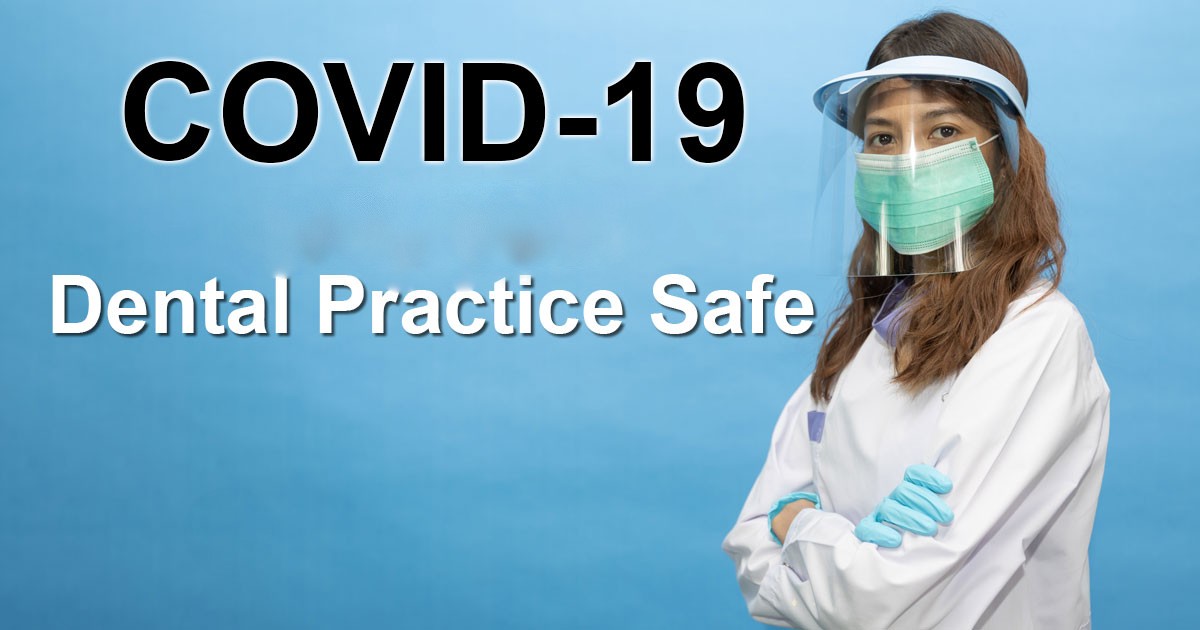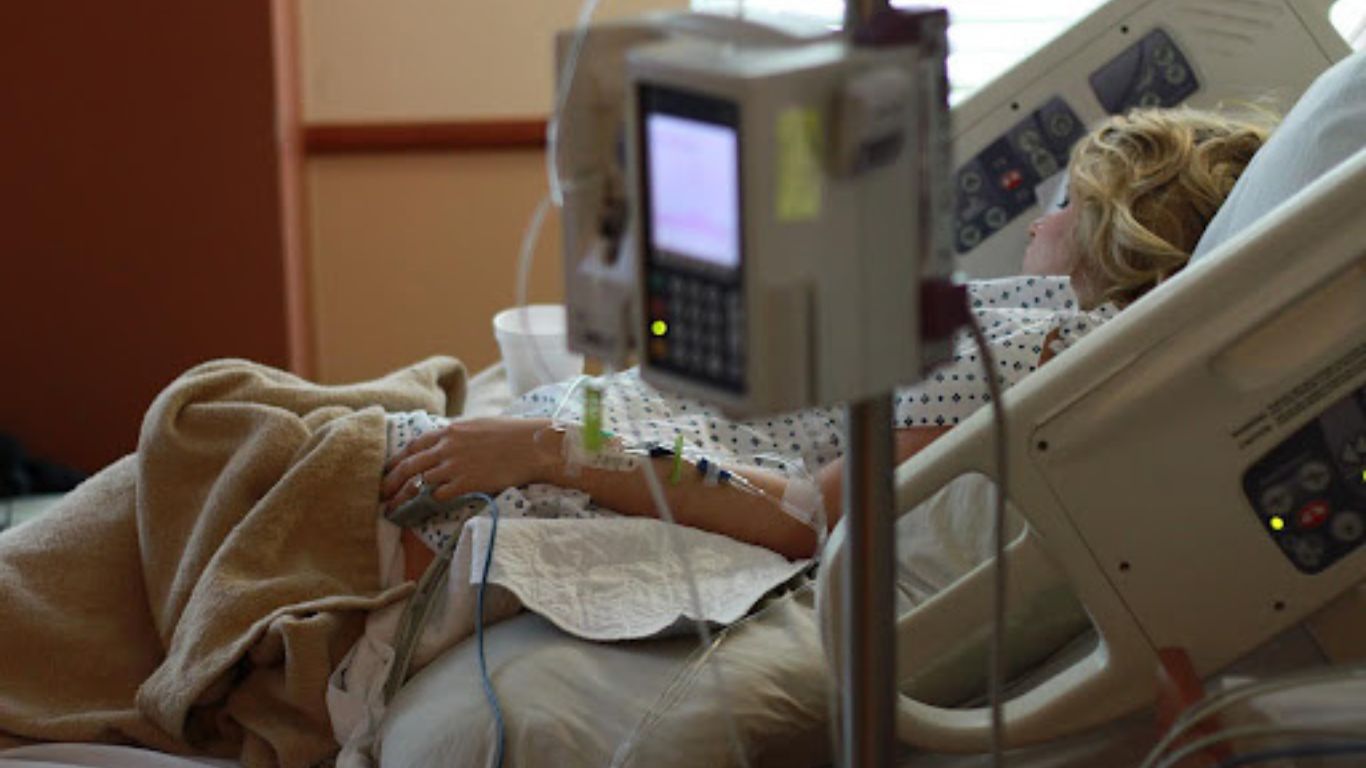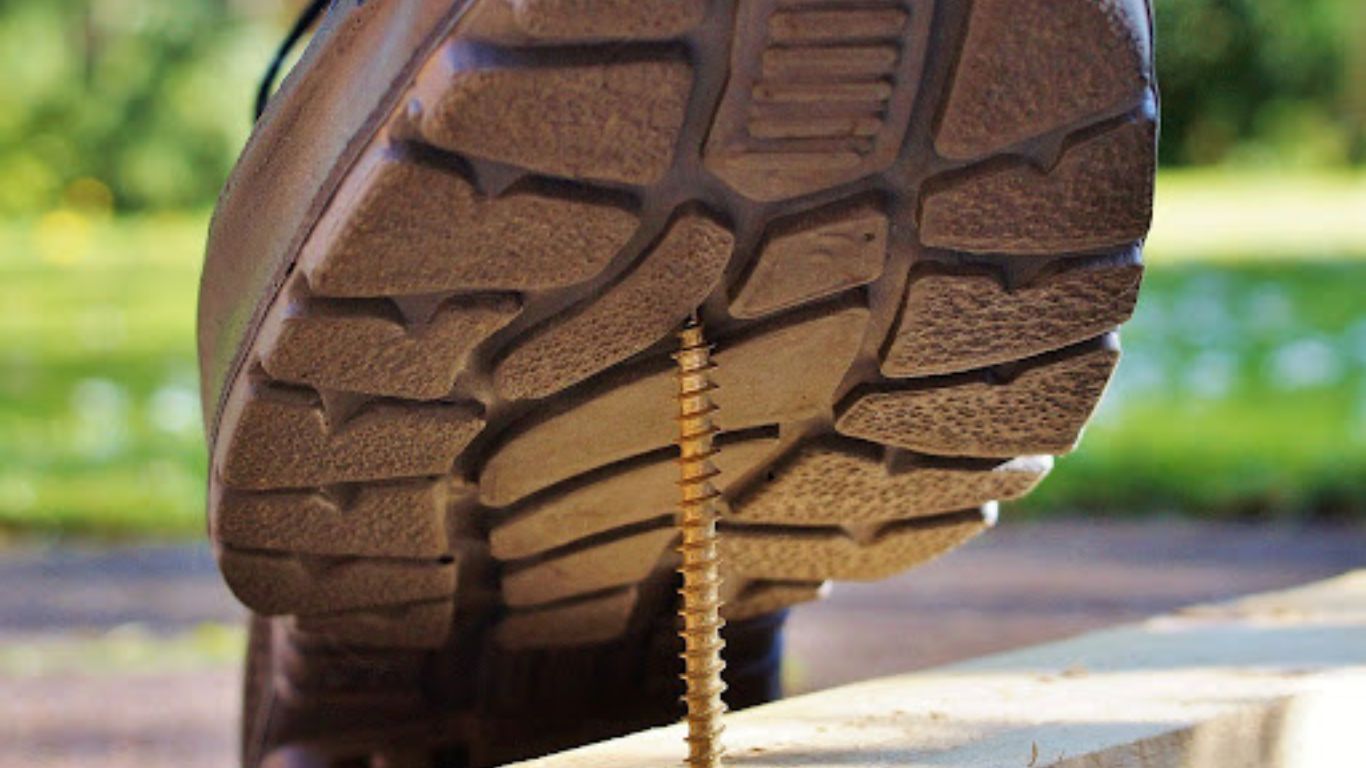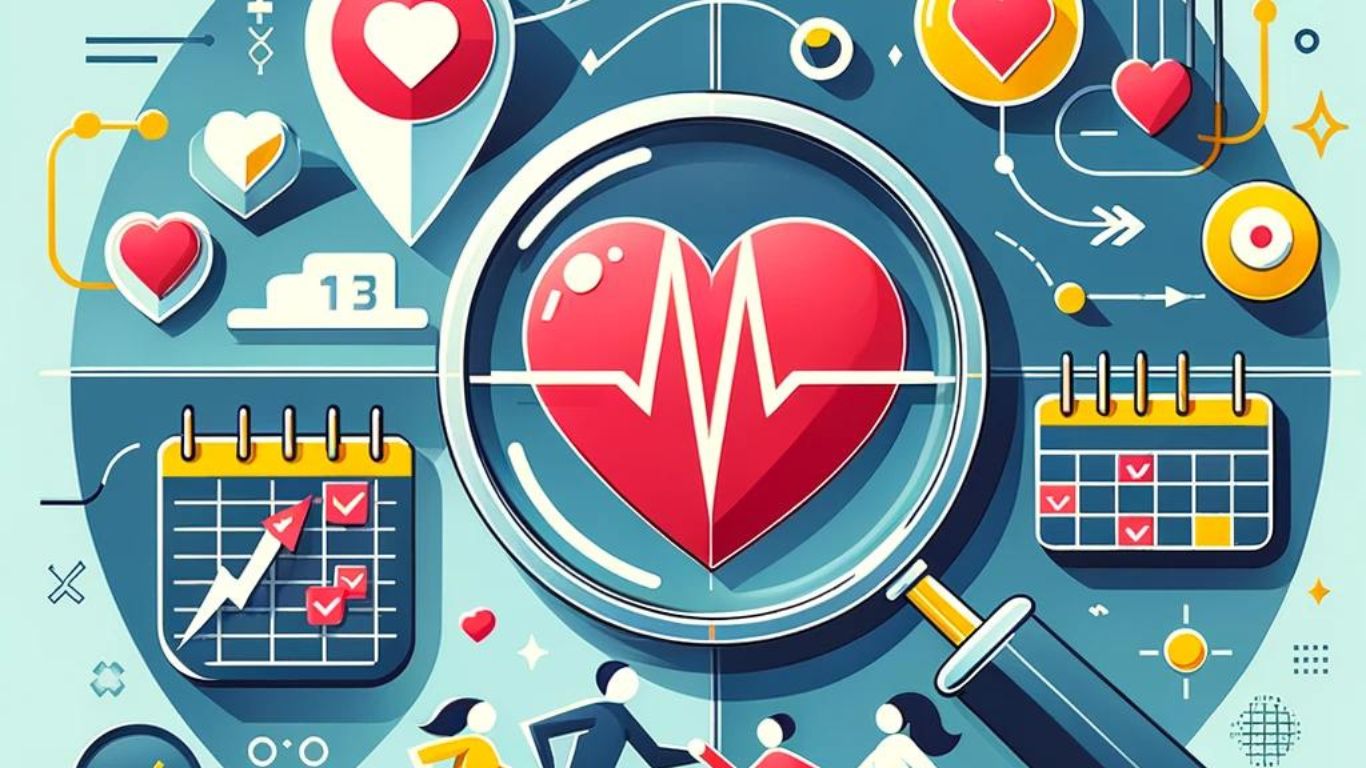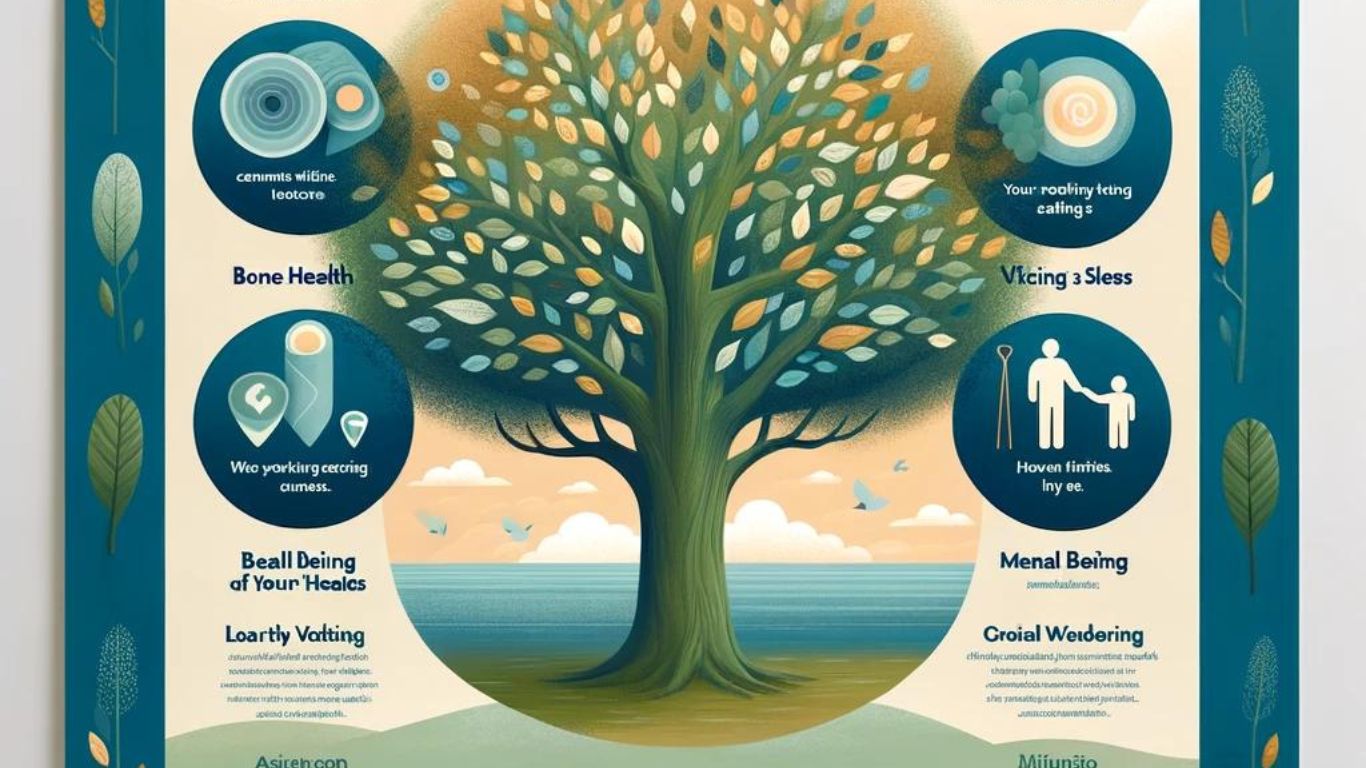Oral health professionals are no more than warriors fighting the Corona battle. Despite a high risk category and having an increased exposure to droplet infections (one of the major causes for Coronavirus transmission) dentists, dental hygienists, dental nurses and assistants are working hard to provide a safe operating atmosphere to their patients, staff and anyone who enters the clinic. Whenever needed, dental workers never hesitated to stand all day long delivering good oral care services or mediating assistance to general health services in corona centres. Aren’t they a real paradigm of bravehearts who are obliged to work directly in the viral niche that could possibly be life threatening not only for them but also for their families? Nevertheless, the work ethics and moral duties doesn’t teach anybody to give up, instead put all necessary measures into action that could help defeating the disease whether an epidemic or a pandemic. Keeping in mind the basic social distancing rules and strict hygiene protocols, dental practitioners should follow simple ways to practice safe dentistry amidst the corona widespread worldwide. A good dentist should always follow these directions for safety at professional and community level.
In the waiting room/Front desk
Schedule the appointments in such a way that the waiting area is not swamped with too many patients. Tell the patients to arrive not more than 5 minutes before their respective consultation meeting. If in case they reach the practice too early, they must be requested to wait outside/ or inside a car. Enquire the patients telephonically if they have any flu symptoms or not.
Use of special wall and door posters clearly instructing the corona measures taken within the Arrange the seating area with the chairs adjusted at 1.5m distance in the waiting room. Let the patients come alone unless any supervision( with kids) is needed.
Immediately after entering the dental clinic, all personnels, clients or the patients must be advised to wash hands with soap and water or disinfect with alcohol-based hand rub (ABHR) . After disinfection, do not let dental guests touch any stuff like mobile phones or door handles and avoid shaking hands. To minimize this risk of touching things, remove magazines,flyers, play toys and decor items from the table. Paper tissues with easy retrieval and foot-operated waste bin for touch free disposal should be made available.
Chairs, handrails, door handles and tables in the waiting rooms and the toilet must be cleaned regularly (at least once a day).
Manage administrative work digitally( prescription, referral, invoice and treatment cards). Prefer cashless payments and disinfect the transaction pad/keys after each payment.
Never miss recording the case history, travel history and permission form.
In the operating room
Make sure that the patient rinses his/her mouth with 1% Hydrogen peroxide( dilute 3% H2O2 solution with water) for 1 minute prior to any aerosol generating procedures like scaling, polishing, restorations where motor drills or scalers will be in use. Pre-rinsing with peroxide mouthwash helps to reduce the bacterial load in aerosols.
Keep the shelves vacant and clear the articles/ equipment/ instruments/ materials not needed. To avoid any splashes make use of both the large and small vacuum suctioning tubes and the rubber dam for sure.
Disinfect lying surfaces, used instruments/ materials in the treatment room with 80% alcohol after each treatment. Disposable alcohol wipes should be discarded after single use.Replace the suctioning tubes and patient’s drape/ tissue after each use.
Dental health care personnels(DHCP) should have protective eyewear, garments, surgical facemasks, headcaps, hand gloves and face shields to prevent exposure to any respiratory secretions. Respirators with an exhalation valve are not currently recommended for source control, as they allow unfiltered exhaled breath to escape. If PPE(personal protective equipment) and supplies seems to be limited, prioritize dental care for the most vulnerable or emergency cases first.
In the lunchroom
Schedule lunch break at different intervals to avoid sitting and eating altogether on one table. Clean your table mats
Our safety is in our hands, do not risk it. Stick to the guidelines strictly so that no virus has the audacity to jeopardise your work and health.






